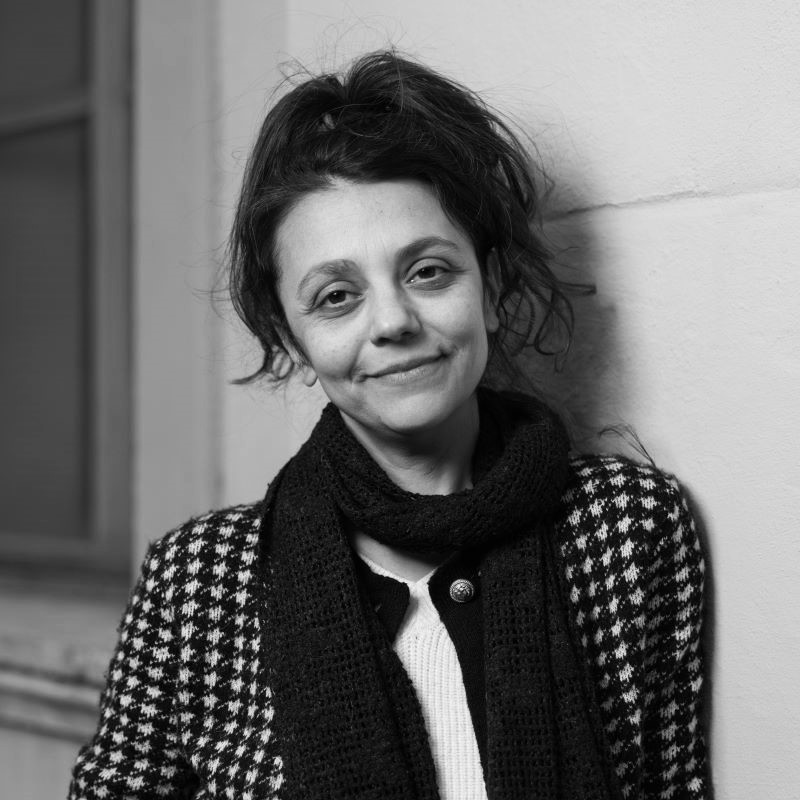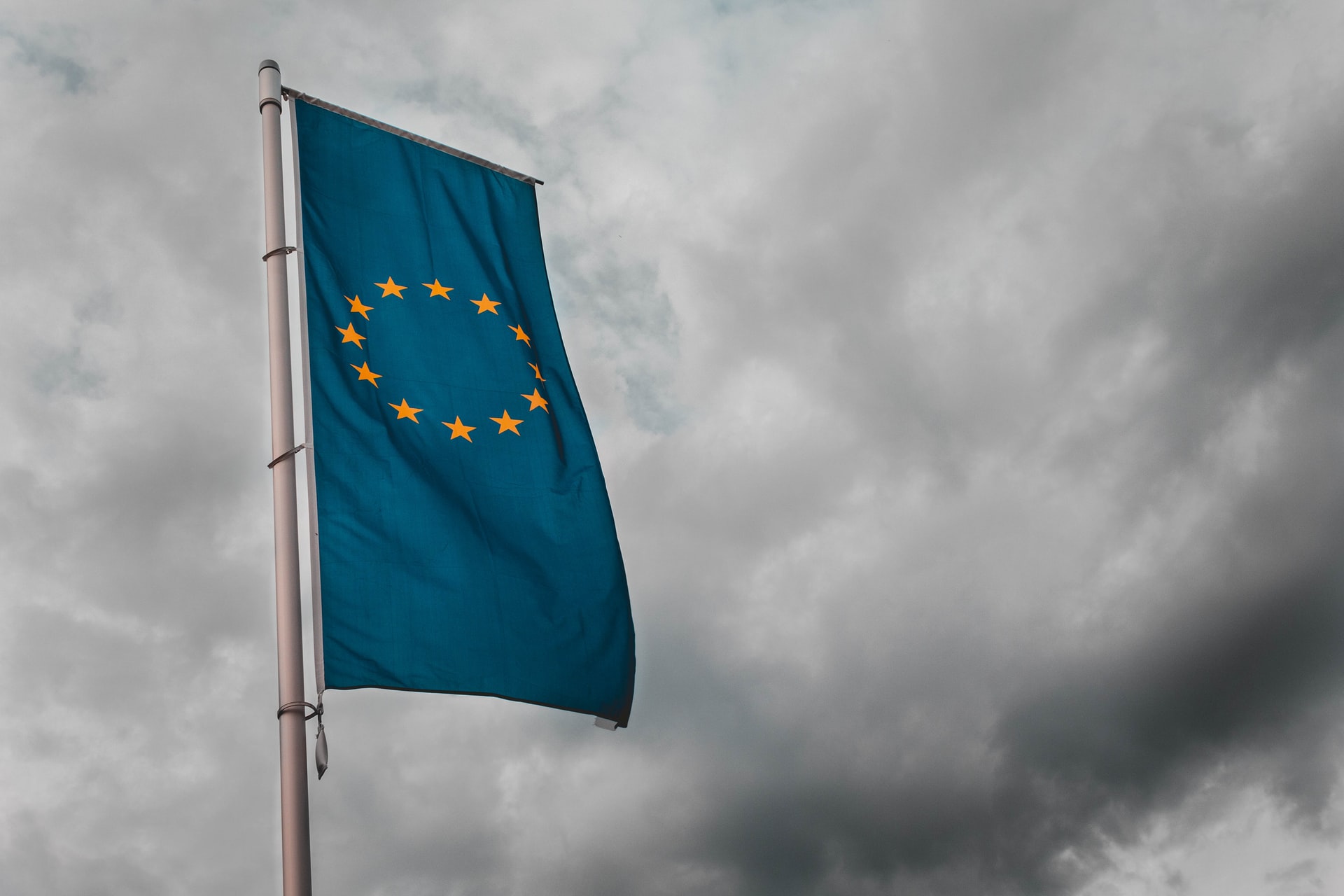Talking about circular economy has never been more pressing. If the conflict in Ukraine and the international crisis seem to have put the climate and environmental emergencies of the planet on the back burner, it is sufficient to take the discussion just a little further than the justified humanitarian concerns and fears to realize how much the roots of the crisis lie in the world's chronic hunger for resources.
And that's exactly what Frans Timmermans, executive vice president for the European Green Deal, focused on as he opened the fifth edition of the Circular Economy Stakeholder Conference, held on March 1-2 in Brussels and online. “The war now adds another dimension to the incredibly urgent effort we must undertake to transition to a green economy,” said Timmermans “The transition will free us from dependence on energy and other resource imports, and the circular economy, specifically, will allow us to reduce demand for primary resources and use a lot less energy for production and consumption.” However, he adds, “we are running out of time. And the new IPCC report confirmed this again.”
Double emergency and circular optimism
The 2022 edition of the Stakeholder Conference should have been one of recovery and long-awaited post-pandemic tension release. Instead, it took place under the mark of a double emergency: the geopolitical crisis and the climate crisis, dramatically reaffirmed by the IPCC report published on February 28th. And yet, despite the heaviness of these days and the increasingly pressing sense of urgency, there was no lack of optimism. Starting, first of all, from the long interview with Ellen MacArthur, who has been the international face of the circular economy for ten years now (the Foundation was born in 2012).
“The truth is that we are really at the beginning of understanding what circular economy really looks like”, MacArthur began. “From design to education, from business to finance: it's about changing the whole system, building a new one. But there are encouraging signs that we are moving in the right direction.”
“The greatest success of the work of these years,” she added, “is that the circular economy is finally perceived as a huge opportunity. It is an inspiration, it is the positive message that the younger generations need.”
Reiterating then the need to act increasingly quickly and accelerate change, she highlighted what in a way were the common threads of the two days: the need to look simultaneously at the microscopic level (of individual products) and the macroscopic level (of the system); the necessity of precise and shared metrics to evaluate the results obtained so far and understand how to direct investments.
The vision of detail: the Sustainable Product Initiative
Exactly two years after the adoption of the new Circular Economy Action Plan, at the end of March the European Commission will be preparing to approve the Sustainable Product Initiative, in effect the most important part of the entire Plan. If the discussion on how to make sustainable products become the norm for the European market had already been the main focus of the last edition of the Stakeholder Conference, this year there has been an even greater effort to give tangible form to what promises to be a truly historic change not only for companies, but also for consumers.
“The SPI will transform the rules of the game, the change will become systemic,” points out Kestutis Sadauskas, of the Commission's Environment Directorate General. The new products – as Timmermans explained – will have to be durable, fully recyclable, chemically safe and made, as far as possible, from recycled materials.
But to be sure that products obey certain standards, information on materials, functionality and recyclability will have to be made accessible to all. “A key role will be played by digital product passports,” explains Sadauskas. “Information is often lost along the value chain, but with the help of digital technologies we will be able to store it and always know what kind of material we are holding in our hands, how it can be used, repaired, recycled or disposed of safely. It has to become systematic.”
While information will be crucial down the chain, the fate of a product is determined upstream at the design stage. “By now we know that 80% of the environmental impacts of a product are a consequence of how it is designed,” recalls Delara Burckhardt of the Environment Commission. The Sustainable Product Initiative is in fact based on the Ecodesign directive, but going beyond the energy efficiency requirements from which it started and extending its action to many more categories of products. “As a first step,” said Timmermans, “we are considering the products with the highest impact where the environmental challenges are greater: textiles, furniture, electronics, steel and chemicals”. So on the agenda for the coming months will be the European Textile Strategy, but also the revision of the Packaging Directive, which actually affects almost all markets.
The big picture: a review of 5 years of Stakeholder Conferences
Moving from product detail to the big picture, Stakeholder Conference speakers then focused on the contribution of the circular economy in achieving climate goals and defending biodiversity. “We know that existing consumption patterns are devastating biodiversity: over 90% of biodiversity loss and water stress comes from resource extraction and processing. And we know that half of total greenhouse gas emissions come from resource extraction and processing,” explains Franz Timmermans. “This is why the circular transition is at the heart of the European Green Deal.”
“After five years of Stakeholder Conferences, we can say that an important level of awareness about the circular economy has been reached,” then reiterated Cillian Lohan, vice president of the European Economic and Social Committee, in his closing remarks. “Five years ago, when we started, circular economy was still synonymous with recycling. Today we talk about reuse, about extending product life, about design. However, it must be said that, looking at it from the consumer's point of view, perhaps we are trying too hard to promote the concept of circular economy instead of its practical benefits, which are the thing that people are most interested in. Moreover,” he added, “the idea that sustainable products should cost more, as if the high price is a guarantee of their sustainability, is a problem. We need to make these products as accessible and affordable as possible.”
“If, however, I have to draw a balance of this fifth edition of the Stakeholder Conference,” concluded Lohan, “we must above all be satisfied with the cooperation among all the institutional levels and between these and the world of business and civil society. European institutions are often criticized for being too distant from citizens, but with the Stakeholder Platform we wanted to create a real space for sharing real information. We're not here to have a chat behind closed doors among ourselves: we're here to put solutions into action and measure the results”.
Image: Sara Kurfess (Unsplash)



